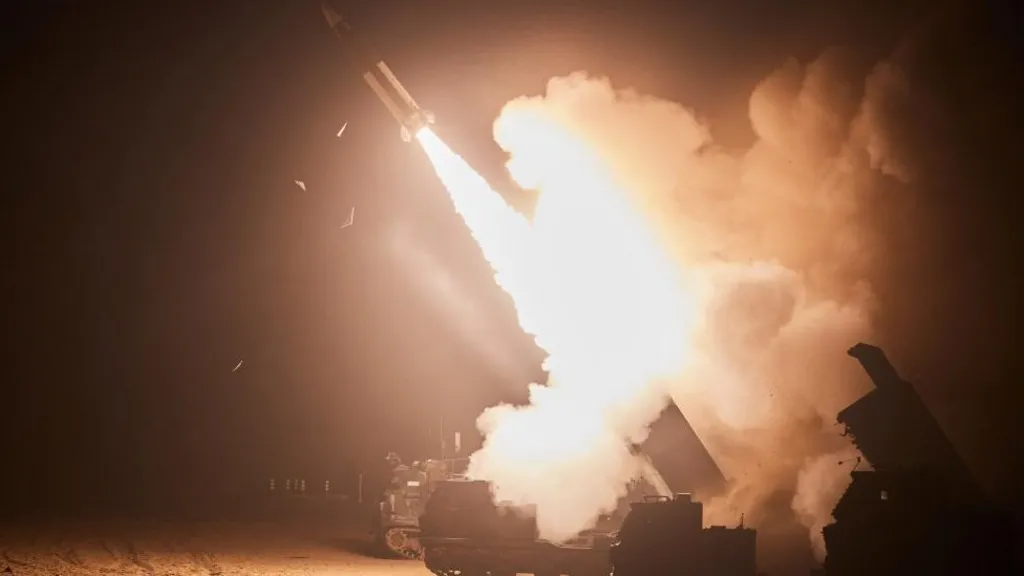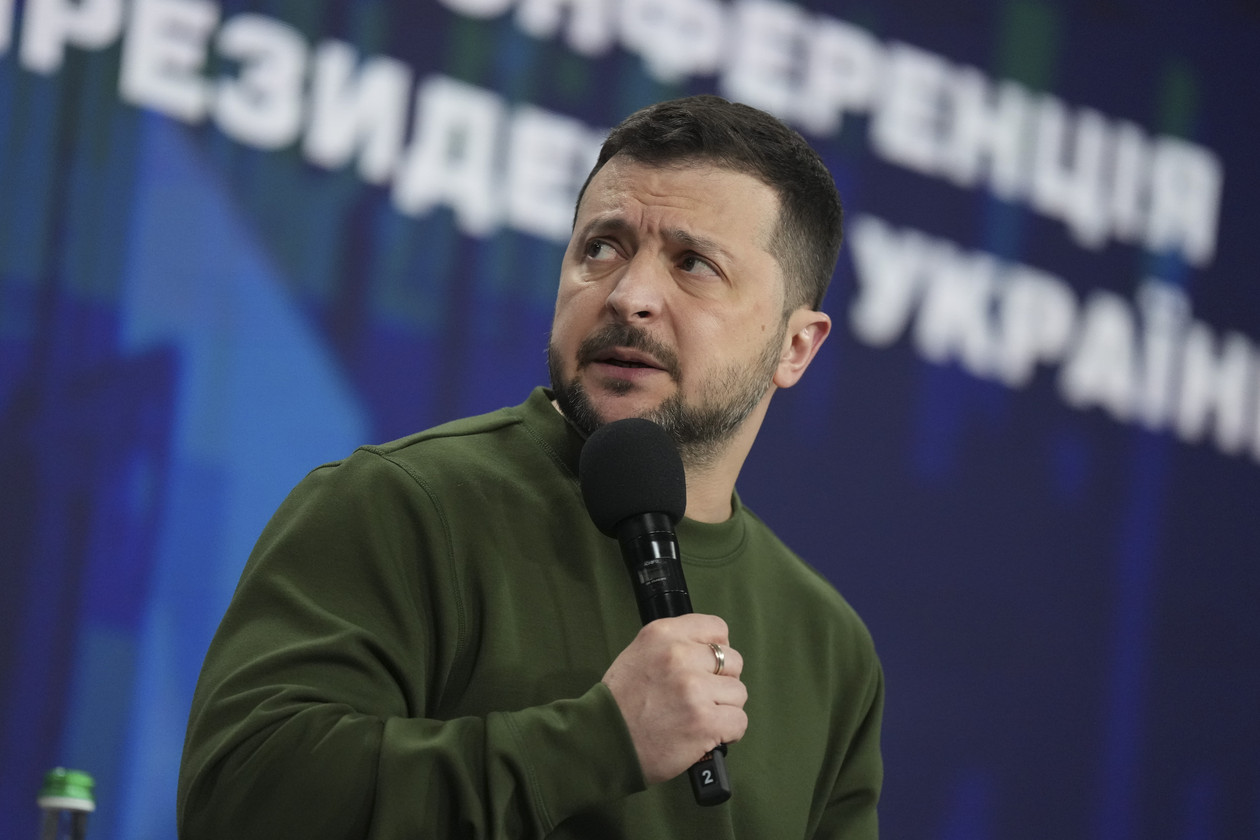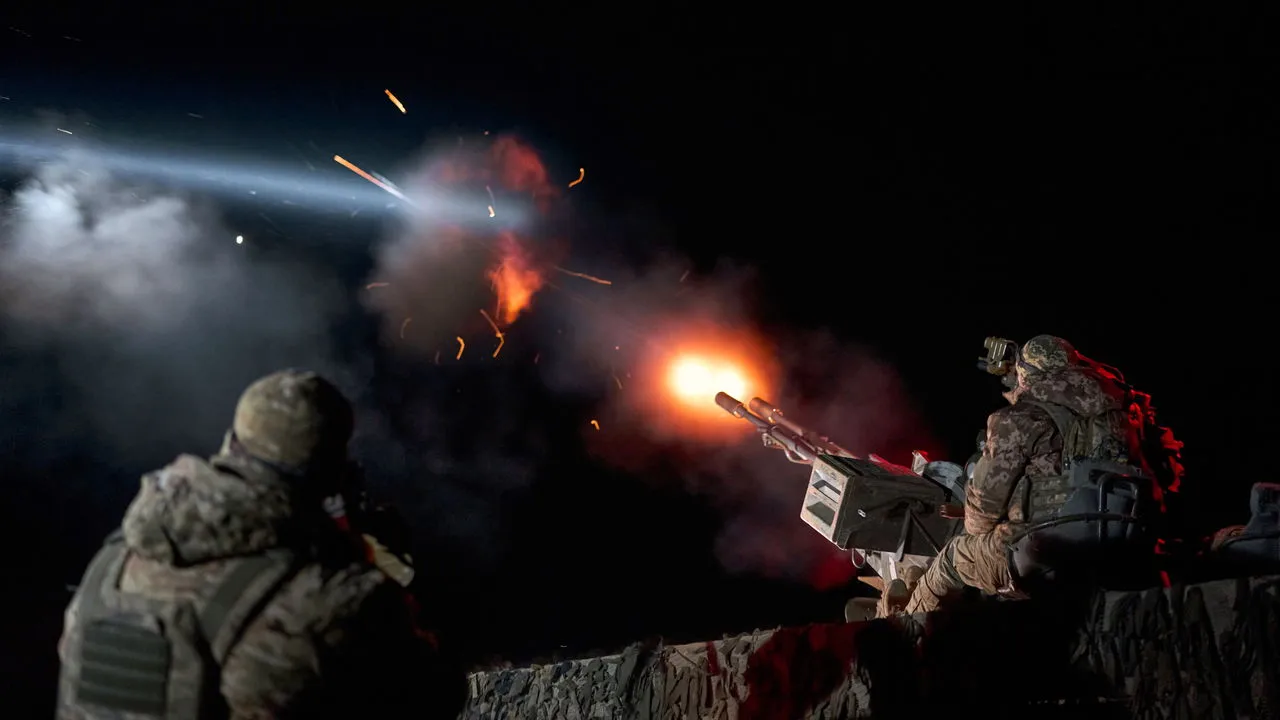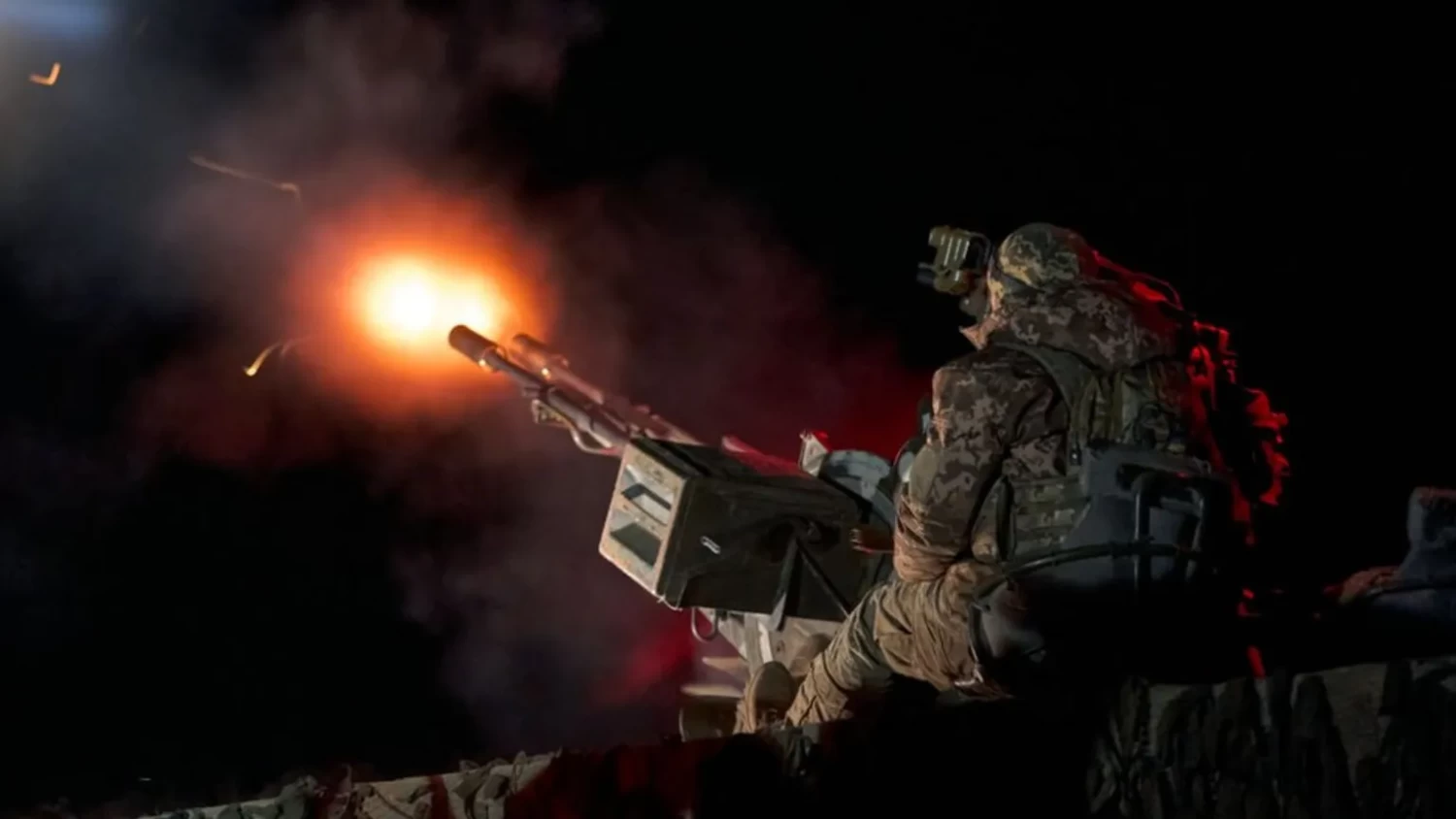Mutual Frustrations Arise in U.S.-Ukraine Alliance
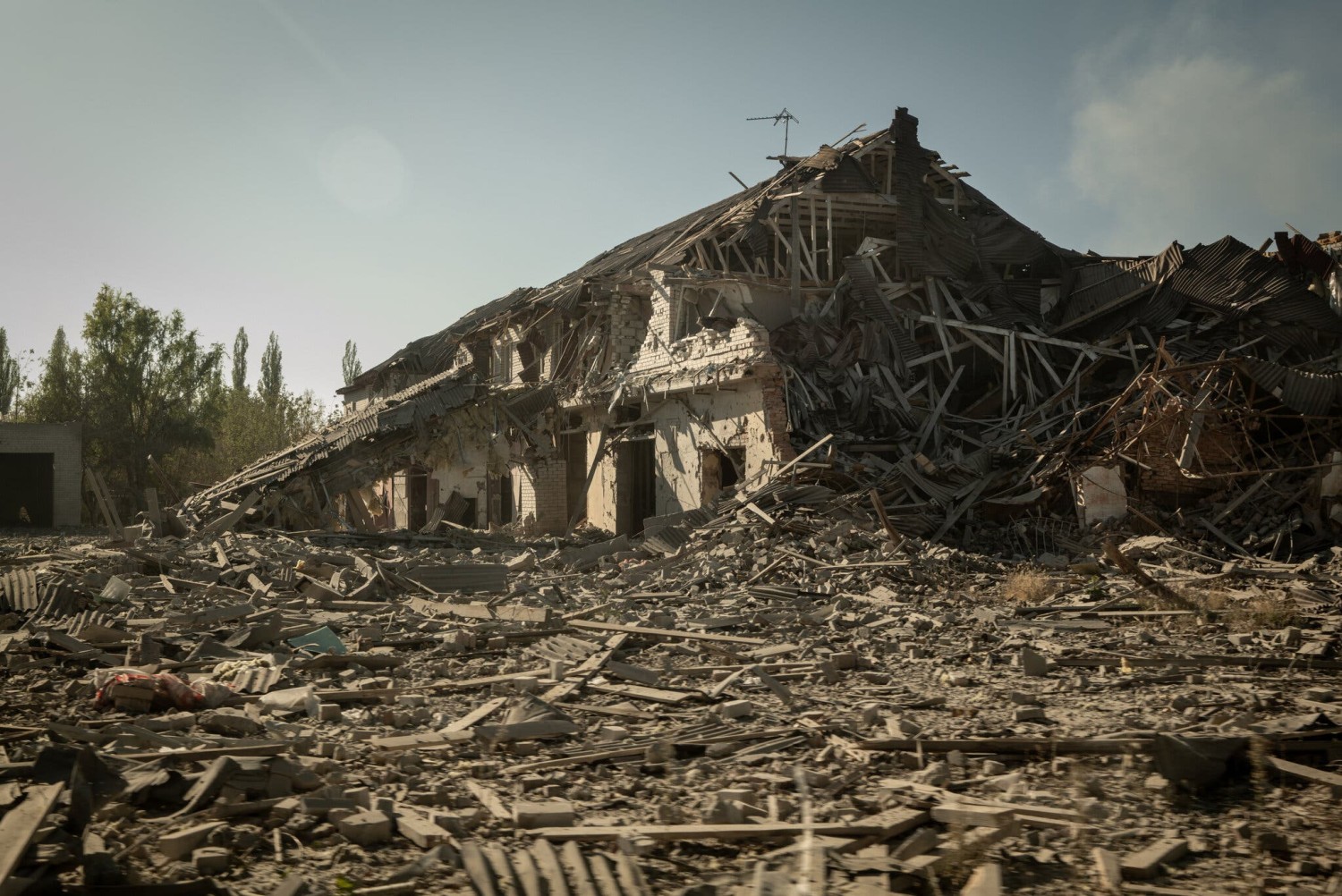
By Helene Cooper, Eric Schmitt and Thomas Gibbons-Neff
Helene Cooper and Eric Schmitt reported from Washington, and Thomas Gibbons-Neff from eastern Ukraine.
More than two years into their wartime alliance, the bond between the United States and Ukraine is showing signs of wear and tear, giving way to mutual frustration and a feeling that the relationship might be stuck in a bit of a rut.
It is the stuff that often strains relationships — finances, different priorities and complaints about not being heard.
For the Pentagon, the exasperation comes down to a single, recurring issue: American military strategists, including Defense Secretary Lloyd J. Austin III, believe that Ukraine needs to concentrate its forces on one big fight at a time. Instead, President Volodymyr Zelensky, who has vowed to drive Russia out of every inch of Ukraine, expends his forces in battles for towns that U.S. officials say lack strategic value.
The most recent example involved the battle for the eastern city of Avdiivka, which fell to Russia last month. U.S. officials say Ukraine defended Avdiivka too long and at too great a cost.
For its part, Ukraine is increasingly disheartened that American political paralysis has resulted in shortages of ammunition for troops on the front. As each day goes by without a fresh supply of munitions and artillery, and Ukrainian crews ration the shells they have, morale is suffering.
Mr. Zelensky promised a “renewal” of Ukraine’s military in its stagnant campaign against Russia when he dismissed his commanding general, Valery Zaluzhny, last month and named Gen. Oleksandr Syrsky, the head of his ground forces, to replace him.
Gen. Charles Q. Brown, the chairman of the Joint Chiefs of Staff, was on the phone with General Syrsky the next day, as officials in the Biden administration tried to figure out whether they had found an ally in the Ukrainian military for what they see as the most likely route to success.

The jury is still out. Some officials say General Syrsky may be more in sync with Mr. Zelensky than his predecessor.
“Zelensky has made a much more unified chain of command responsive to his leadership as well as advice from outside,” said Senator Jack Reed, a Rhode Island Democrat who heads the Armed Services Committee and recently visited Ukraine.
Two other officials, however, worried whether the new military chief would be willing to push his boss in a direction he did not want to go.
Even now, months after a counteroffensive that failed because Ukraine, in the eyes of the Pentagon, did not take its advice, Kyiv is still too often unwilling to listen.
White House and Ukrainian officials both say that the failure of Congress so far to pass an emergency aid bill including $60.1 billion for Ukraine has already undermined the fight on the ground. The measure would rush badly needed artillery ammunition and air defense interceptors to Ukrainian forces.
“We’ve been fiddling while Rome burns,” Emily Harding, a former American intelligence official, said during a Ukraine discussion last month at the Center for Strategic and International Studies. “If we had not been dithering early on,” she added, “if we had actually provided the things that we should have provided, we would have been much better off now.”
Just a few miles from Russian trenches in eastern Ukraine, the crump of incoming Russian artillery shells from howitzers, rockets and mortars last Friday was almost nonstop. The Ukrainian response, marked by the sharp bang of outgoing fire, was noticeably less frequent.
In the basement of what used to be a small farmhouse, the shock wave of explosions above ground distinctly changed the air pressure in the cramped, cold room, where a Ukrainian soldier was busily adjusting drone equipment.
“The reasons the Russians can advance is because of the lack of ammunition,” said the soldier, who went by the call sign D.J. in keeping with military protocols. He added that he was frustrated by U.S. inaction, attributing the fall of Avdiivka to the United States’ failure to supply aid.
But a Ukrainian commander, who went by the call sign Chef, was far more forgiving. Had it not been for the United States, Ukrainian forces would still be trying to push the Russians out of Kyiv.

Neither the Americans nor the Ukrainians are heading for exit doors. Their commitment remains solid, as each side needs the other. The U.S. intelligence community still provides a substantial amount of real-time information to Ukraine’s military on Russian command posts, ammunition depots and other key nodes in Russian military lines. The Pentagon still hosts monthly Contact Group meetings to prod Ukraine’s partners to provide money, weapons and ammunition.
Perhaps most of all for the Biden administration, Ukraine is hollowing out the army of one of America’s biggest foes.
U.S. estimates put the number of Russian troops killed or wounded since the war started at around a staggering 350,000, according to American officials. Russia has also lost huge amounts of equipment; some 2,200 tanks out of 3,500 have been destroyed along with one-third of its armored vehicles, according to a congressional staff member who saw an intelligence assessment.
Even Russia’s victory in Avdiivka has come with considerable cost: A pro-war Russian military blogger said in a post that Russia had lost 16,000 men and 300 armored vehicles in its assault. (The blogger, Andrei Morozov, deleted the post late last month after what he said was a campaign of intimidation against him. He died the next day.)
“At the end of the day, make no mistake: Even those generals who might be frustrated with Ukraine are at the same time looking at the Russian casualties reports and equipment losses and they’re smiling,” said Dale Buckner, a former Army colonel who is the chief executive of Global Guardian, a U.S.-based security firm.
But Avdiivka was the kind of fight that American war planners would have preferred Ukraine to handle differently.
A former American commander with close ties to the Ukrainian armed forces said there was no reason to hold the city as long as Ukrainian forces did except to bleed Russia of more troops and equipment — sacrifices Moscow was more than willing to accept to claim victory.
Even after it became clear that Russian forces, with larger reinforcements, would prevail, Ukraine held out, rather than conduct a strategic withdrawal, U.S. officials said.
As a result, American frustration levels were high with the Ukrainians, especially Mr. Zelensky and the political leadership, according to a senior Western military official and the former U.S. commander. But the Biden administration has said Mr. Zelensky, as commander in chief, makes the call.
Ultimately, Ukraine’s chaotic retreat was a mistake, the former U.S. commander said. Hundreds of Ukrainian troops may have disappeared or been captured by the advancing Russian units, according to Western officials.
The disagreement over Avdiivka was a mirror image in reverse of Washington’s frustrations with the Ukrainian counteroffensive last summer. In that case, Mr. Austin and other American officials urged Ukraine to focus its assault on one main effort along the 600-mile front line and press to break through Russian fortifications there.

U.S. officials believed that General Zaluzhny had agreed with the American advice but that he could not convince his president. So instead of a single defining fight, Kyiv split up its troops, sending some to the east and some to other fronts, including in the south.
The counteroffensive failed. At the Pentagon, some officials say they do not consider last summer’s efforts to have been a counteroffensive at all.
“We say in the military, when you seek to attack everywhere, you can end up attacking nowhere — because your forces are spread too thin,” said James G. Stavridis, a retired admiral and the former supreme allied commander for Europe. “The Pentagon sees this as a mistake and will continue to offer advice to the Ukrainians along these lines.”
“The U.S. side is frustrated because they give military advice and it doesn’t feel like it’s being taken,” said Evelyn Farkas, a former senior Pentagon official for Ukraine and Russia who is now the executive director of the McCain Institute. “But the Ukrainians don’t like being micromanaged.”
On top of that, Dr. Farkas said, “our political system is shockingly unreliable right now.”
Pentagon officials are still giving advice on the military campaign they would like to see in 2024. Three U.S. military officials said in interviews that the United States wanted Ukraine to concentrate long-range strikes on “putting Crimea at risk,” a phrase that translates into attacking the Russian “land bridge” that traverses southern Ukraine and connects Russia to the Crimean Peninsula, which President Vladimir V. Putin seized in 2014.
Russian troops use the land bridge for resupply and logistics, and it is critical for their efforts in southern Ukraine and Crimea.
But again, Ukrainian frustration with American congressional paralysis is at play.
Western officials and military experts have warned that without U.S. assistance, a cascading collapse along the front is a real possibility this year.
Helene Cooper is a Pentagon correspondent. She was previously an editor, diplomatic correspondent and White House correspondent. More about Helene Cooper
Eric Schmitt is a national security correspondent for The Times, focusing on U.S. military affairs and counterterrorism issues overseas, topics he has reported on for more than three decades. More about Eric Schmitt
Thomas Gibbons-Neff is a Ukraine correspondent and a former Marine infantryman. More about Thomas Gibbons-Neff
Keywords
Newer articles
<p>Chinese officials say they "firmly oppose" the platform being divested.</p>
Ukraine ‘will have a chance at victory’ with new US aid, Zelenskyy says
Congress passes bill that could ban TikTok after years of false starts
Ukraine war: Kyiv uses longer-range US missiles for first time
How soon could US ban TikTok after Congress approved bill?
‘LOSING CREDIBILITY’: Judge explodes at Trump lawyers as case heats up
TikTok faces US ban as bill set to be signed by Biden
Claim rapper ‘made staff watch her have sex’
KANYE WEST PLANS TO LAUNCH 'YEEZY PORN' ... Could Be Coming Soon!!!
Megan Thee Stallion’s Ex-Makeup Guru Talks. It’s Not Pretty.
